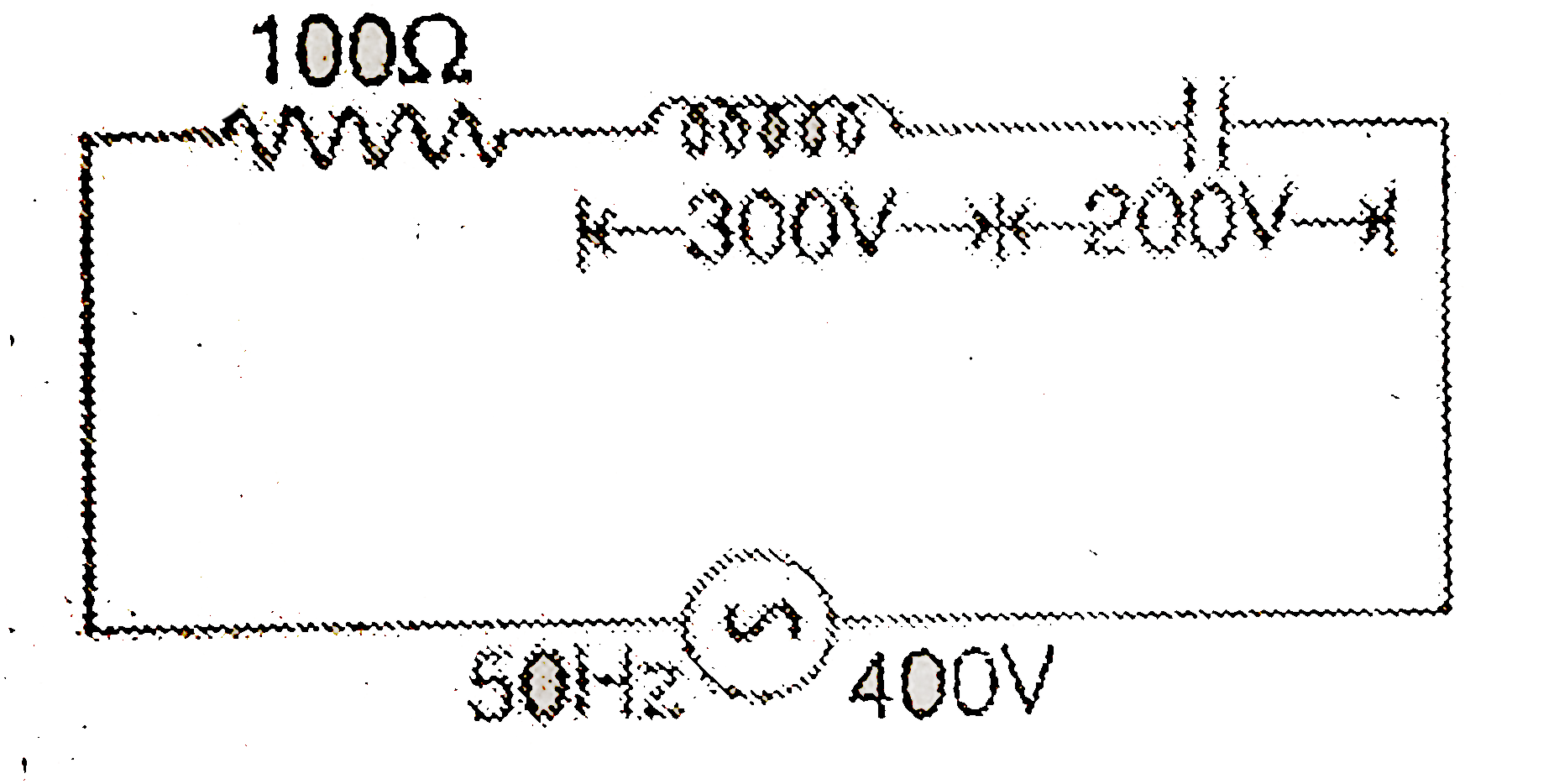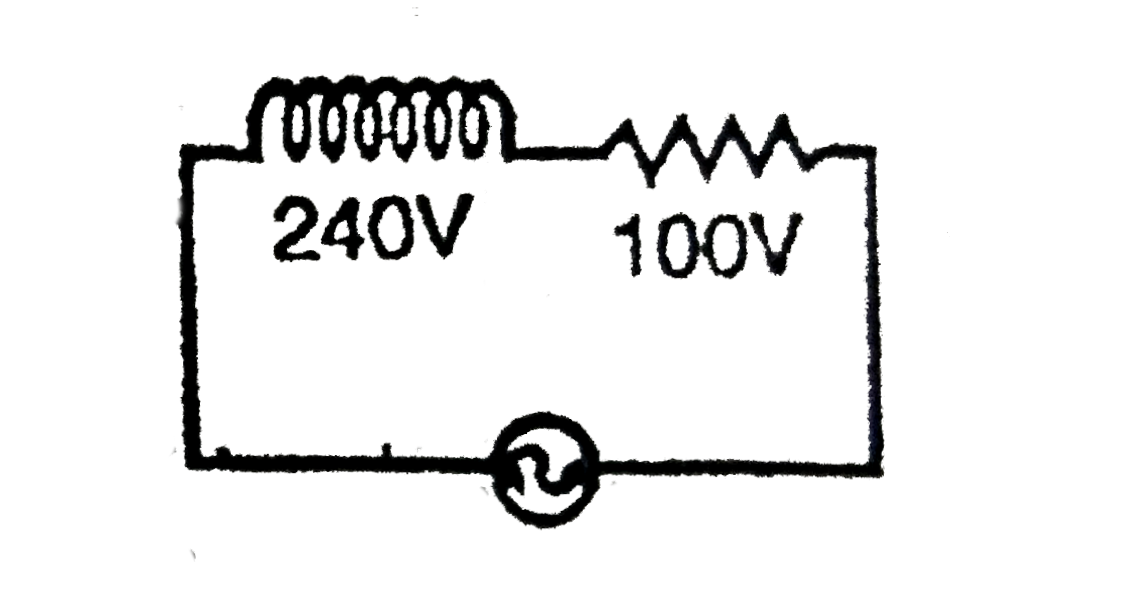Current in a circuit flows :
in direction from high potential to low potential
in direction from low potential to high potential
in direction of flow of electrons
in any direction
The correct Answer is:A
Step-by-Step Solution:
1. Understanding Current Flow:
- Current in a circuit refers to the flow of electric charge. In conventional terms, it is defined as the flow of positive charge.
2. Potential Difference:
- Electric potential is a measure of the potential energy per unit charge at a point in an electric field. A higher potential means there is more potential energy available for the charge to do work.
3. Direction of Current Flow:
- By convention, current flows from a region of higher electric potential (positive terminal) to a region of lower electric potential (negative terminal). This is because positive charges are considered to move from high to low potential.
4. Analyzing the Options:
- Option 1: In direction from high potential to low potential - This is correct according to the definition of current flow.
- Option 2: In direction from low potential to high potential - This is incorrect as it contradicts the conventional flow of current.
- Option 3: In direction of flow of electrons - This is incorrect because electrons actually flow from low potential to high potential, which is opposite to the conventional current flow.
- Option 4: In any direction - This is also incorrect as current has a specific direction based on potential difference.
5. Conclusion:
- Therefore, the correct answer is Option 1: in direction from high potential to low potential.
---
- Current in a circuit refers to the flow of electric charge. In conventional terms, it is defined as the flow of positive charge.
- Electric potential is a measure of the potential energy per unit charge at a point in an electric field. A higher potential means there is more potential energy available for the charge to do work.
- By convention, current flows from a region of higher electric potential (positive terminal) to a region of lower electric potential (negative terminal). This is because positive charges are considered to move from high to low potential.
- Option 1: In direction from high potential to low potential - This is correct according to the definition of current flow.
- Option 2: In direction from low potential to high potential - This is incorrect as it contradicts the conventional flow of current.
- Option 3: In direction of flow of electrons - This is incorrect because electrons actually flow from low potential to high potential, which is opposite to the conventional current flow.
- Option 4: In any direction - This is also incorrect as current has a specific direction based on potential difference.
- Therefore, the correct answer is Option 1: in direction from high potential to low potential.
Topper's Solved these Questions
- CURRENT ELECTRICITYBook:ICSEChapter:CURRENT ELECTRICITYExercise:Exercise-9(B) Numericals
Explore 4 Videos
- CURRENT ELECTRICITYBook:ICSEChapter:CURRENT ELECTRICITYExercise:Exercise-9(C )
Explore 7 Videos
- CURRENT ELECTRICITYBook:ICSEChapter:CURRENT ELECTRICITYExercise:Exercise-9(B)
Explore 17 Videos
- ELECTRICITY AND MAGNETISM Book:ICSEChapter:ELECTRICITY AND MAGNETISM Exercise:TOPIC 2 Magnetism (4 Marks Questions )
Explore 6 Videos
Similar Questions
Current in the circuit will be

View SolutionIn the circuit shown in figure current in the circuit is

View SolutionThe current in the circuit will be
View SolutionAn ac ammeter is used to measure currnet in a circuit. When a given direct current passes through the circuit. The ac ammeter reads 3 A. When another alternating current passes through the circuit, the ac ammeter reads 4A. Then find the reading of this ammeter (inA), if dc and ac flow through the circuit simultaneously.
View SolutionThe current I1 ( in A) flowing throught 8Ω reistor in the circuit is :

View SolutionIn the circuit shown in figure, the current / in circuit is

View SolutionCalculate the current flowing through the capacitor branch in the circuit shown in Fig. 5.187, initially and finally,

View SolutionIf a direct current of value a ampere is superimposed on an alternative current I=b sinωt flowing through a wire, what is the effective value of the resulting current in the circuit?

View SolutionIf a direct current of value a ampere is superimposed on an alternating current1=bsinωt flowing through a wire, what is the effective value of the resulting current in the circuit?

View SolutionIn the figure shown, a current of 2 amperes flows in the circuit. The impedence of the circuit is-

View Solution